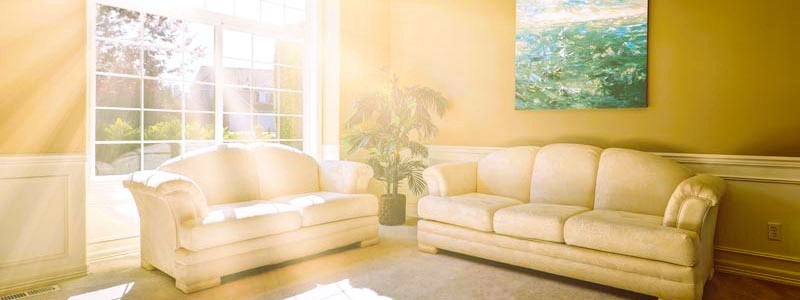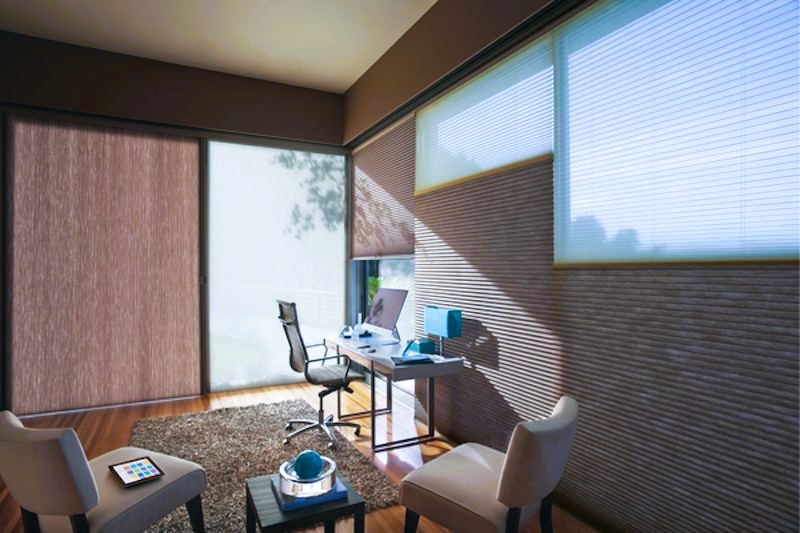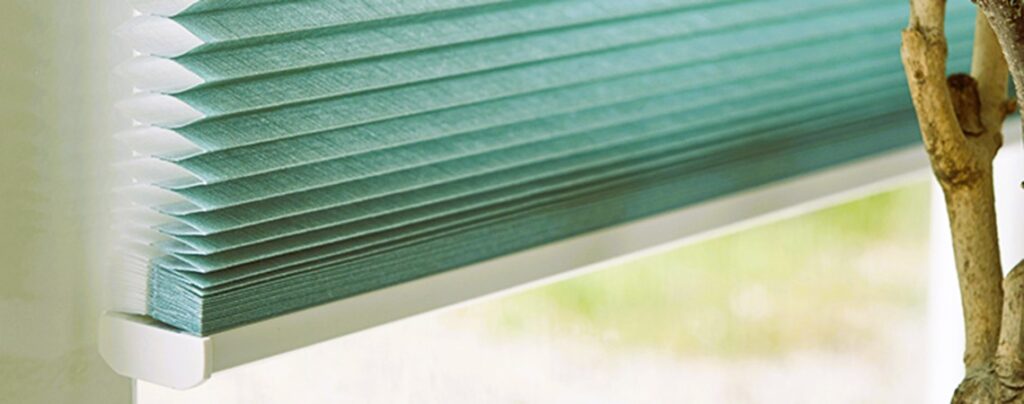
Window Coverings for Energy Efficiency and Insulation
When it comes to creating an energy-efficient home, window coverings play a significant role. Properly selected window coverings can help reduce heat loss during the winter and minimize heat gain during the summer, leading to improved energy efficiency and increased comfort. By choosing the right window coverings, you can enhance insulation, reduce energy consumption, and even save on utility bills. Let’s explore some of the best window coverings for energy efficiency and insulation.
Cellular Shades:
Cellular shades, also known as honeycomb shades, are an excellent choice for energy-efficient window coverings. They consist of layers of fabric cells that trap air, providing a layer of insulation between the window and the room. Here are the advantages and considerations of cellular shades:
Advantages:
- Insulation: The unique cellular design of these shades creates pockets of air that act as a barrier against heat transfer. The trapped air helps to keep the room cooler in the summer and warmer in the winter, reducing the need for heating and cooling systems.
- Light Control: Cellular shades offer excellent light control options, allowing you to adjust the amount of natural light entering the room. The availability of different opacity levels, ranging from sheer to blackout, ensures you can strike the right balance between natural light and privacy.
- Sound Absorption: The layered construction of cellular shades also helps to absorb sound, reducing noise pollution and creating a quieter indoor environment.

Considerations:
- Limited View: Depending on the style and fabric opacity, cellular shades can limit the view to the outside when fully closed. However, they can be easily raised to allow a clear view and maximum natural light when desired. What is the right choice for your home? The answer is in the article about Blinds or curtains.
Insulated Curtains:
Insulated curtains, also known as thermal or blackout curtains, are designed with multiple layers of fabric that provide enhanced insulation properties. These curtains feature a thick lining that helps to block heat transfer through windows. Here are the advantages and considerations of insulated curtains:
Advantages:
- Insulation: The multiple layers of fabric, including the thermal lining, help to create a barrier against heat loss and gain. Insulated curtains can significantly reduce drafts and heat transfer, improving the energy efficiency of your home.
- Light Control: Insulated curtains offer excellent light control, especially when combined with blackout or room-darkening fabrics. This allows you to block out unwanted sunlight, maintain privacy, and create a comfortable environment.
- Sound Reduction: The added thickness of insulated curtains provides some level of sound insulation, helping to reduce external noise.
Considerations:
- Limited Design Options: Insulated curtains may have a limited range of fabric designs and patterns compared to regular curtains. However, advancements in textile technology have expanded the available options, and there are many stylish choices to suit various interior design aesthetics.
Window Film:
Window film is a thin, transparent material applied directly to the window glass. It helps to block UV rays and reduce heat transfer while maintaining visibility to the outside. Here are the advantages and considerations of window film:
Advantages:
- Heat Reduction: Window film can significantly reduce solar heat gain, preventing excessive heat buildup in the room. This reduces the reliance on air conditioning systems and improves energy efficiency.
- UV Protection: Window film blocks a significant portion of harmful UV rays, which can cause fading and damage to furniture, flooring, and artwork. By reducing UV radiation, window film helps to preserve the longevity and appearance of your interior.
- Glare Reduction: Window film helps to minimize glare from direct sunlight, making it easier to work, watch TV, or use electronic devices without discomfort.
Considerations:
- Limited Insulation: While window film can reduce heat gain, it provides minimal insulation compared to cellular shades or insulated curtains. For maximum energy efficiency, window film can be used in combination with other window coverings.

When choosing energy-efficient window coverings, it’s important to consider safety standards, regulations, and industry best practices. For more information on window coverings and related standards, you can visit the following source:
- Wikipedia: Window Treatment – Link
These source provide comprehensive information on various types of window coverings, including safety guidelines, regulations, and industry standards.
In conclusion, selecting energy-efficient window coverings is a smart investment that can improve insulation, reduce energy consumption, and enhance the comfort of your home. Cellular shades, insulated curtains, and window film are all excellent options that provide insulation properties and contribute to energy efficiency. By choosing the right window coverings for your specific needs, you can create a more sustainable and comfortable living environment while saving on energy costs.
